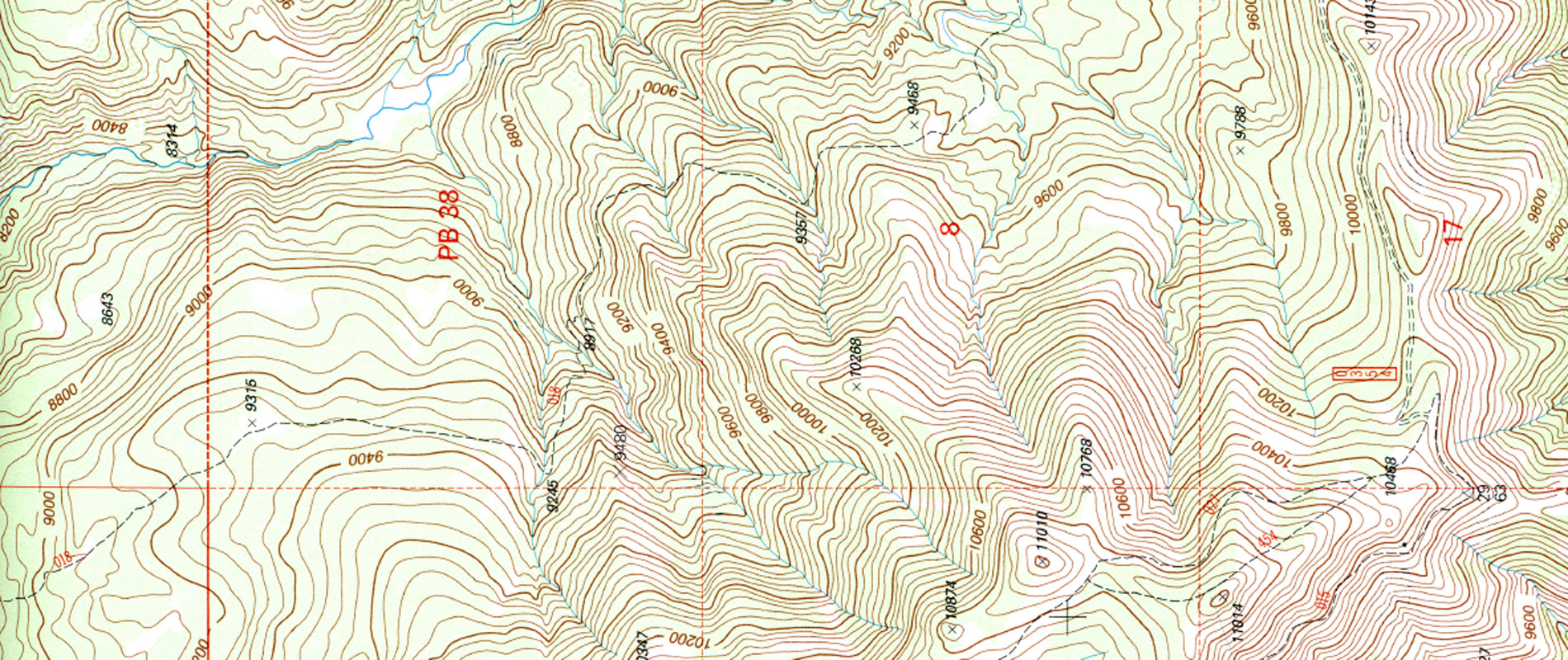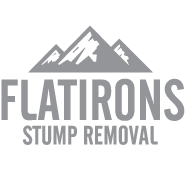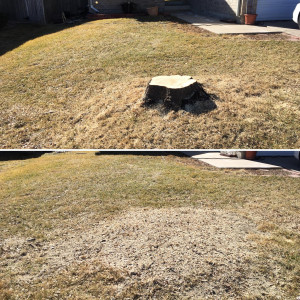After your stump is gone…
My stump is gone, now what?
Once your stump has been removed you are ready for what is next. No matter your goals for that space, here is what to expect, and a few tips to address some common scenarios.
Will the stump site settle?
Yes. Some. When your stump is removed by Flatirons Stump Removal, we attempt to remove as much of the wood portion as possible, and leave as much of the dirt as possible. This results in your site being ready for revegetation sooner. Other company’s stump grinding technique (the industry norm) tends to leave far too much wood debris in the soil, often requiring years before the site will support flora of any kind.
When we are finished, in most cases, the site of your former stump usually will be be slightly raised, but reasonably close to grade level. Still, there are micro air pockets that will fill in with time and water, and you will usually end up with a mild depression. To remedy this, re-level the site with dirt or topsoil.
Can I plant grass or lay sod?
Absolutely. We recommend you water the site well for at least several days – once or twice to the point of a soupy bog. Even better is giving it a week or two, if time allows, to encourage as much settling as possible. (You don’t want the site to settle AFTER your sod or grass is planted.) Once you have soaked the area well and settling has finished, add some topsoil to level out any depression and mix in some new grass fertilizer with nitrogen. (Any residual wood chips will breakdown over time and become a nutrient and moisture source for the new grass, but initially, the decomposition process absorbs nitrogen. Adding a “new grass” nitrogen fertilizer helps offset this relative decrease of available nitrogen in the soil. Regular lawn fertilizer is too powerful and will burn the roots of the new grass.) Your site is now ready for grass seed or sod. Follow planting instructions from your supplier.
Can I replant a tree in that spot?
As part of our pre-consultation, we ask if you plan to replant in that spot, and we remove the stump accordingly. The soil where the stump was will end up similar to freshly tilled soil, depending on the soil composition. To prepare for replanting, scoop out the dirt and follow the planting instructions from your nursery or tree supplier. Also, ask about mycorrhizae – a symbiotic tree root fungus that some believe aids in root growth and establishment. Many of our partner tree companies swear by it.
If replanting a tree is more than you want take on, contact:
Happy Trees, LLC
Web: http://happytrees.co
Phone: (720) 343-7263
About: Happy Trees is highly rated and will either deliver or deliver and plant a tree for you. They post their prices online for easy comparison and offer a warranty. Customers tell us they are 20-40% less expensive than The Tree Farm.
Will I see sprouts or shoots trying to grow back?
You should not see sprouts or shoots coming from where the stump was. Since (in most cases) we did not grind up your entire yard, it is possible to sprouts & shoots trying to re-establish from whatever roots remain. Elms, poplars such as aspens, some fruit trees, the ailanthus or tree of heaven, and black locust are especially tenacious. Here are some strategies to help manage:
- If you see sprouts & shoots in a grass area, continue to mow them down. They have to either share nutrients from other roots (impossible now that the stump/root ball is gone) or generate enough chlorophyll to survive on their own.
- If you are open to chemicals (use with caution) Tordon RTU (ready to use) is a solution. It’s base chemical is 2,4-D, a growth hormone stimulant originally developed to get tomatoes to grow faster. It ended up killing the plants and voila: herbicide. Applied to fresh cut sprouts, Tordon is drawn into the circulation and the end is near. Use as only directed. CAUTION: DO NOT USE WITH POPLARS, SUCH AS ASPENS which can share root systems at times further than 50 feet apart.


